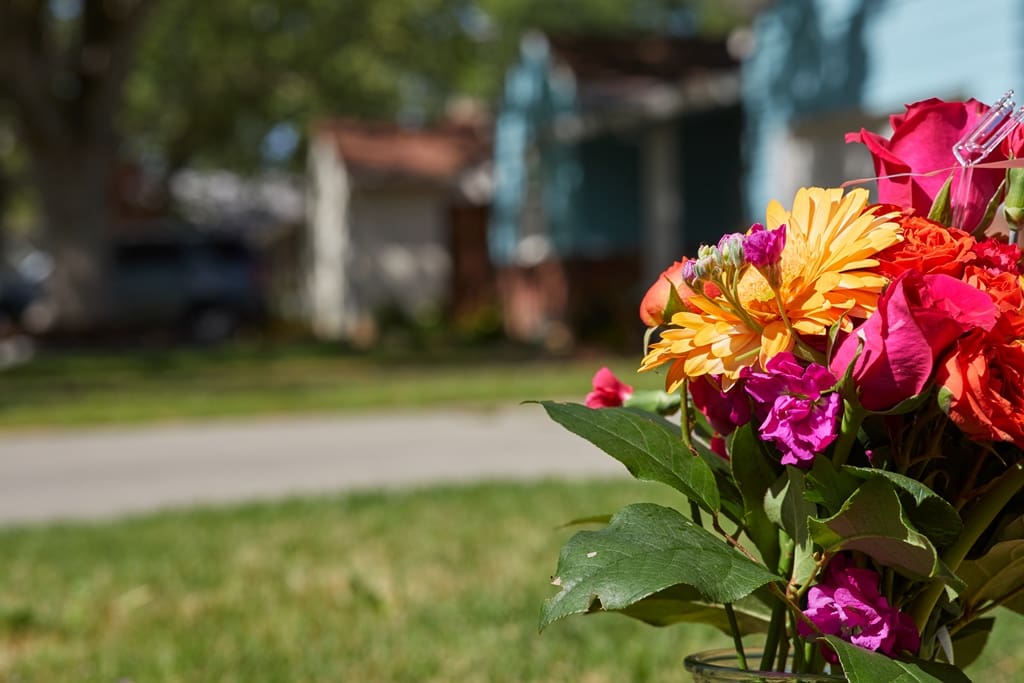Home staging is a crucial step in the real estate process that can significantly influence how quickly a property sells. For real estate agents, understanding and utilizing effective staging techniques can be a game-changer. A well-staged home highlights its best features, making it easier for potential buyers to envision themselves living there. This emotional connection can lead to quicker offers and a higher sale price. Furthermore, staged homes often photograph better, enhancing online listings and attracting more interest from potential buyers.
Declutter and Depersonalize
One of the first steps in staging a home is to declutter and depersonalize the space. Clutter can make rooms feel smaller and distract potential buyers from the home’s features. Encourage your clients to remove personal items, such as family photos, personal collections, and excessive decor. This helps create a neutral environment where buyers can imagine their own belongings. Additionally, consider renting a storage unit for excess furniture and items to keep the home looking spacious and inviting.
Enhance Curb Appeal

First impressions are critical, and the exterior of a home is the first thing buyers see. Enhancing curb appeal can make a significant difference in attracting potential buyers. Simple tasks such as mowing the lawn, trimming bushes, and planting flowers can freshen up the exterior. A fresh coat of paint on the front door, clean windows, and updated lighting fixtures can also enhance the home’s appearance. These small investments can yield a high return by making the home more appealing from the outset.
Create Inviting Spaces
Each room should be staged with a clear purpose, making it easy for buyers to understand how the space can be used. Arrange furniture to create cozy and inviting areas, ensuring there is ample space to move around. In the living room, arrange seating to facilitate conversation, and set the dining table to demonstrate its potential for hosting meals. In bedrooms, use fresh linens and tasteful decor to create a relaxing atmosphere. Even small touches like adding fresh flowers or scented candles can make a home feel warm and inviting.
Optimize Lighting
Good lighting can make a home feel bright and welcoming. Ensure that all areas of the home are well-lit, utilizing a mix of natural and artificial light. Open curtains and blinds to let in natural light, and consider adding mirrors to reflect light and make rooms appear larger. Replace any outdated or dim light fixtures, and use higher wattage bulbs where appropriate. Additionally, strategically placed lamps can highlight specific areas and add to the overall ambiance of the home.
Neutral Color Palette

A neutral color palette appeals to a broader range of buyers, making it an essential aspect of home staging. Neutral colors like beige, gray, and soft whites create a calm and sophisticated backdrop that allows buyers to focus on the home itself rather than the paint. If the home’s current color scheme is bold or personalized, suggest repainting with neutral tones. This small investment can make rooms look larger and more cohesive, helping potential buyers to visualize how they would decorate the space.
Finishing Touches
Attention to detail can make a significant impact when staging a home for sale. Simple finishing touches can enhance the overall presentation and leave a lasting impression on buyers. Add plush towels and stylish accessories in bathrooms, place fresh linens on beds, and set the dining table with elegant tableware. Ensure the home is clean and free of odors by thoroughly cleaning carpets, floors, and surfaces. These details, though small, can make the home feel polished and well-maintained, increasing its appeal to potential buyers.
#RealEstate #HomeStaging #QuickSale #StagingTips #RealEstateAgents #HomeSelling #PropertyStaging #SellFast #HomeImprovement #RealEstateMarketing
